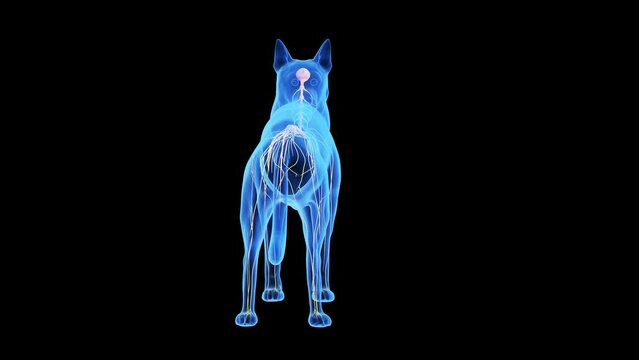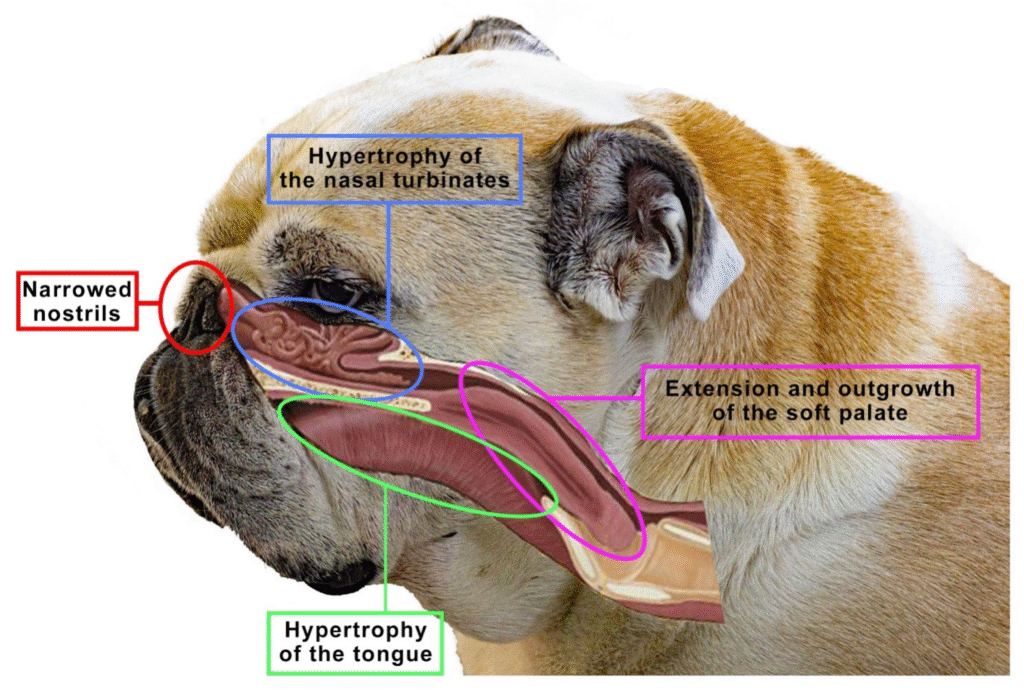The extraordinary sensory capabilities of dogs have long been a source of fascination and speculation for humans. Anecdotal evidence abounds regarding their seemingly uncanny ability to sense impending danger or detect subtle changes in human health. This leads to the compelling question: “Can Dogs Really Predict Earthquakes or Illness?” While the idea of a dog possessing a “sixth sense” might seem mystical, scientific inquiry is increasingly revealing that these remarkable observations are often rooted in their exquisitely developed senses, which far surpass our own, allowing them to perceive phenomena that remain invisible or imperceptible to humans.

When it comes to the question of “Can Dogs Really Predict Earthquakes or Illness?”, the phenomenon of dogs reacting before seismic events has been reported for centuries, dating back to ancient Greece. Owners often recount stories of their dogs becoming agitated, barking incessantly, pacing, or trying to seek comfort hours, or even days, before an earthquake strikes. While direct, consistent, and scientifically controlled evidence that dogs can “predict” an earthquake in the human sense (i.e., knowing when and where it will occur with precision) remains elusive, researchers are exploring plausible scientific explanations for these pre-quake behaviors. The most prominent theories center on dogs’ superior hearing and sensitivity to subtle ground vibrations.
Dogs can hear frequencies significantly higher than humans, extending into the ultrasonic range. They can also detect sounds at much lower decibel levels. Before a major earthquake, there are often subtle geological changes occurring underground. These can include the fracturing of rocks, the movement of tectonic plates, or the release of gases, all of which might generate high-frequency sounds or infrasonic waves (sounds below the range of human hearing). While we remain oblivious, a dog’s sensitive ears could pick up these precursors, leading to their agitated behavior. The idea is not that they understand an earthquake is coming, but rather that they are reacting to unusual and unsettling sensory input that we cannot detect. Studies have shown that dogs with smaller heads and prick ears, which are typically more attuned to higher frequencies, tend to show more anxiety and activity before earthquakes, lending support to the auditory hypothesis. Similarly, dogs might also be sensitive to subtle ground tremors or changes in electromagnetic fields that precede an earthquake. These initial, often imperceptible, movements could be detected by their paws, triggering their distress. The challenge for scientists lies in establishing a consistent and reliable correlation between these animal behaviors and specific seismic events, as many factors can cause a dog to act unusually. Despite the anecdotal reports, the U.S. Geological Survey (USGS) maintains that there is no scientific basis to suggest that animals can predict earthquakes. However, ongoing research, including studies using wearable sensors on animals in earthquake-prone regions, continues to investigate these claims, seeking to identify any measurable patterns that could potentially be used for early warning systems. Therefore, while “Can Dogs Really Predict Earthquakes or Illness?” regarding seismic activity is still largely in the realm of observation rather than definitive proof, the scientific community acknowledges the potential for dogs to react to precursory sensory cues.
The ability of dogs to predict or detect illness in humans, on the other hand, stands on much stronger scientific ground, largely thanks to their unparalleled sense of smell. This aspect of “Can Dogs Really Predict Earthquakes or Illness?” is incredibly compelling. A dog’s nose contains up to 300 million olfactory receptors, compared to a mere six million in humans, and the part of their brain dedicated to analyzing scents is proportionally 40 times larger. This phenomenal olfactory ability allows dogs to detect volatile organic compounds (VOCs) – tiny airborne chemical signatures – at concentrations far below what any human or even most current laboratory equipment can achieve.

When a person is ill, their body chemistry often changes, leading to the release of unique VOCs through their breath, urine, sweat, or even skin. These changes can be incredibly subtle, imperceptible to the human nose, but a dog’s nose can pick them out with astonishing accuracy. For example, dogs have been extensively trained and successfully demonstrated their ability to detect various types of cancer, including breast, lung, ovarian, prostate, and colorectal cancer. They do this by sniffing breath, urine, or even tissue samples, often with high rates of accuracy, sometimes even surpassing conventional diagnostic tests. The distinct “odor signature” of cancer cells is what these trained dogs are honed to identify.
Beyond cancer, “Can Dogs Really Predict Earthquakes or Illness?” also extends to other medical conditions. Diabetes alert dogs, for instance, are a well-established example. They are trained to detect fluctuations in blood sugar levels by sensing changes in the scent of their owner’s breath, which can become sweet or acetone-like when blood sugar is too high or too low. These dogs can alert their owners, often through specific behaviors like nudging or barking, prompting them to take corrective action before a dangerous hypoglycemic or hyperglycemic event occurs. Similarly, seizure alert dogs are reported to be able to predict epileptic seizures, giving their owners time to get to a safe place. While the exact physiological changes they detect are still under investigation, it’s believed they might pick up on subtle changes in scent, behavior, or even imperceptible muscle tremors that precede a seizure. Migraine alert dogs are another intriguing area, with anecdotal reports suggesting dogs can sense an impending migraine attack hours in advance, possibly due to changes in scent or subtle shifts in their owner’s mood and posture.
The scientific community is actively researching the specific VOCs associated with different diseases, hoping to develop electronic “noses” that can mimic a dog’s olfactory prowess for early disease detection. However, even with advanced technology, replicating the integrated, complex sensory processing of a dog’s brain remains a significant challenge. The sheer sensitivity and adaptive learning capabilities of a dog’s nose make them uniquely suited for this role.

In conclusion, when asking “Can Dogs Really Predict Earthquakes or Illness?”, the answer is nuanced. While the ability to “predict” earthquakes in a predictive sense (knowing the future) is not scientifically supported, dogs undoubtedly react to precursory environmental changes that humans cannot perceive, likely due to their superior hearing and sensitivity to subtle vibrations. Their responses are reactions to immediate sensory input rather than foreknowledge. However, the capacity of dogs to detect illness is far more established and scientifically validated. Their extraordinary sense of smell allows them to identify minute chemical changes in the human body associated with various diseases, making them invaluable diagnostic aids and service animals. These “uncanny” canine senses are not supernatural abilities, but rather remarkable evolutionary adaptations that science is only just beginning to fully understand and harness for the benefit of both humans and our incredible canine companions.

1 thought on “Can Dogs Really Predict Earthquakes or Illness”